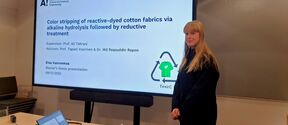Professor Ranja Hautamäki: ‘Diverse urban nature is key to increasing well-being and carbon sinks’
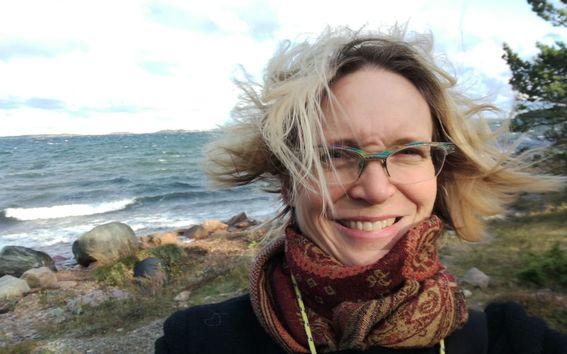
What brought you to Aalto?
‘I taught at the Helsinki University of Technology and then dedicated myself to a career in civil service and doctoral research. The professorship offered a natural opportunity to combine my interests: teaching, research and practice. So, I returned to Otaniemi after a long break in 2017. I wanted to come specifically to build on research in landscape architecture and, through that, to contribute to my field.
My career so far has shaped me as a researcher and teacher. My background as a designer has helped me to understand the broad scope of the subject I study, and also the roles of the different stakeholders: policy makers, designers, builders, maintainers and residents – including nature itself – who influence landscape architecture. I also stress the importance of the applicability of research knowledge. Landscape architecture has the ability to produce research-based practical applications that not only solve societal problems but also produce a meaningful and experiential environment by combining art, science and the humanities.’
What are the highlights of your career?
‘I have been a pioneer – the first PhD landscape architect in Finland and the first tenured research professor in our field, and before that the first landscape architect in the Parks Department of the City of Tampere. These have been highlights, and although blazing the trail has been arduous, I am glad to have been able to do it. I'm also glad that the narrow trail I blazed is now a wide one – I enjoy seeing our profession grow.
Landscape architecture is a very young discipline and there are no established traditions in research – you have to create them yourself. Each research project is its own highlight. My previous work history influences the way I approach research in a broad, multi-method, multi-disciplinary and experimental way. As a landscape architecture researcher, you have to learn to be brave enough to experiment and be creative in a wide range of situations and in teams with experts from different disciplines.’
‘I have been a pioneer – the first PhD landscape architect in Finland and the first tenured research professor in our field, and before that the first landscape architect in the Parks Department of the City of Tampere. These have been highlights, and although blazing the trail has been arduous, I am glad to have been able to do it. I'm also glad that the narrow trail I blazed is now a wide one – I enjoy seeing our profession grow.
Landscape architecture is a very young discipline and there are no traditions – you have to create them yourself. Each research project is its own highlight. My previous work history influences the way I approach research in a broad, multi-method, multi-disciplinary and experimental way. As a landscape architecture researcher, you have to learn to be brave enough to experiment and be creative in a wide range of situations and in teams with experts from different disciplines.’
What do you research and why?
‘I study urban nature design in a densifying city. I am currently tackling issues related to climate change mitigation and urban carbon sinks in the multidisciplinary COCARBON project, funded by the Strategic Research Council of the Academy of Finland. The project is an important opening, as carbon sinks are generally considered to be only forests, forgetting the role of built green spaces and courtyards. We aim to produce evidence-based knowledge and computational methods to better integrate urban green spaces into strategic decision-making in climate work – from legislation to land use planning and the design, construction and management of individual green spaces. Currently, urban green spaces are seen as a "nice and pretty addition" but not as a strategic issue, for example to offset emissions.
In my research, I also want to challenge current planning practices. The prevailing ideology of densification and infill development has long been justified on the grounds of ecological sustainability. However, we have research evidence that excessive densification is not the answer to the climate crisis but undermines the climate resilience of cities and the well-being of both humans and other species. It is also important to question current green space management practices and to broaden our understanding of what urban nature should look like. I welcome a wilder and more diverse urban landscape, shaped not only by planners but also by residents.’
What issues are topical in your field right now?
‘Understanding the deep interconnection between humans and nature is at the heart of our field – climate change, loss of biodiversity and well-being are all intertwined. The different types of sustainability – ecological, economic, social and cultural – are interlinked.
There is a lot of talk in our field about the multifunctionality of nature and so-called nature-based solutions, i.e. delivering multiple benefits and addressing several societal challenges at the same time. It is important to develop design solutions and methods that can support stormwater management, heat island mitigation and carbon sequestration, and enhance the well-being of people and other species. The multiple benefits of urban nature are widely recognised in research, but in practice, climate targets, biodiversity and well-being are addressed separately, for example in legislation and sectoral policies. What is needed is a systemic approach and collaboration between different actors – researchers and planners from different disciplines sitting around the same table to find solutions, seeking to understand each other's perspectives and needs, and working together to develop more effective tools to promote sustainability. As an interdisciplinary discipline, landscape architecture has the ability and also the willingness to work in a multidisciplinary way – we are like fish in water in multidisciplinary environment.’
What are your expectations for the future of your field?
‘Landscape architecture has established its place in Finnish society in a short time. As our profession grows, we also need to expand our scope of work and our social impact. My own goal is that landscape architecture research will become increasingly important and that we can produce solutions to the climate and biodiversity crisis that are multidisciplinary and combine practice and research. There is still a big gap between research and practice that needs to be bridged – we need both and it is in landscape architecture that they could naturally come together. I believe that planning can also be a way of exploring and generating new knowledge. A good example of this are the collaborative planning projects with cities, the various pilots and learning from them. They are an effective way to support the sustainability transition.’
Why study landscape architecture?
‘Landscape architecture is more relevant than ever. Landscape architects create concrete and societally impactful solutions to biodiversity loss and climate change. We create well-being for people, other species and the planet alike. In a way, we are planetary gardeners who nurture life. When we take care of the landscape, it takes care of us. There is a huge shortage of people in the industry – we are needed!’
What else are you interested in?
‘I'm a wanderer and a lover of urban nature. I enjoy the lakes and ridges of my hometown Tampere, painting landscapes with oil pastels, cycling with an old Kombi Fleur bicycle, sailing with my family on Lake Näsijärvi and swimming all year round in the Tammerkoski national landscape in the shadow of the factories.’
See video: Nature and city: a love story or a battle?
Associate Professor in landscape architecture Ranja Hautamäki
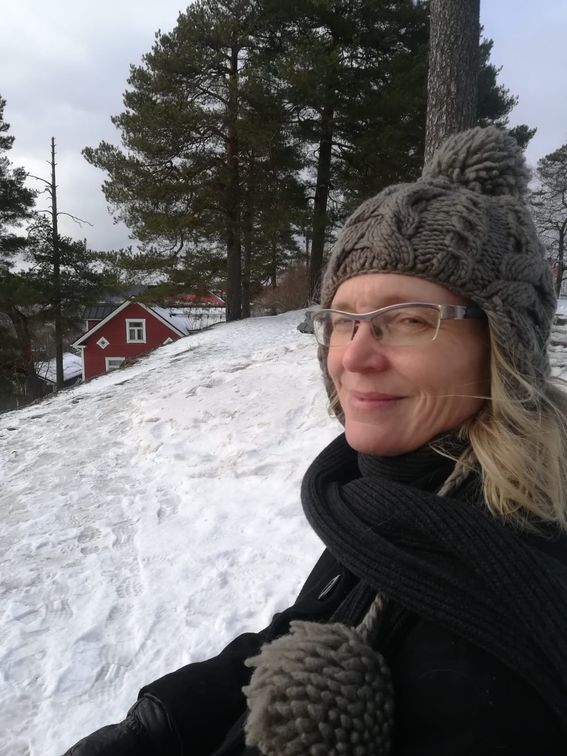
Who?
Position: Associate professor in landscape architecture at Aalto University School of Arts, Design and Architecture, Head of research in landscape architecture
Background: Landscape architect, Doctor of Science, Architecture
Age: 51
Family: Spouse and two daughters
Hobbies: Winter-swimming, painting, music
Contact:
Ranja Hautamäki, Associate Professor, Landscape Architecture
+358505232207, ranja.hautamaki@aalto.fi
Read more news

Learning Centre opening hours during Christmas and year-end holidays
Thank you for the past year and have a wonderful holiday season!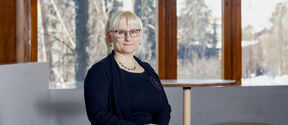
Pauliina Ilmonen appointed as Dean of the Aalto University School of Science
Ilmonen will start her five-year term on 1 June 2026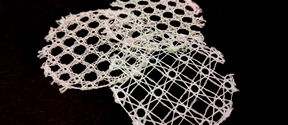
Smart textiles are reshaping our understanding of materials – and interspecies communication
The PAST-A-BOT research project, funded by the European Research Council (ERC), is developing soft, intelligent textiles that could one day function as rescue robots, sound-sensing agricultural fabrics, or assistive clothing. At the same time, the project aims to rethink the way we approach materials research.